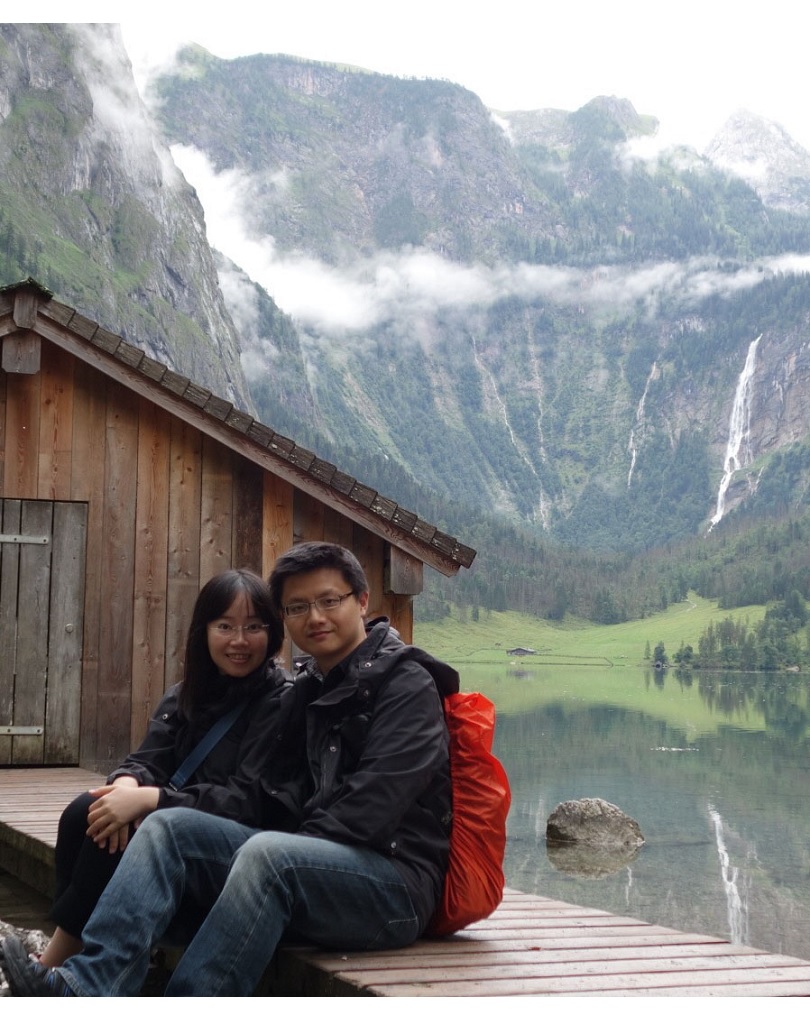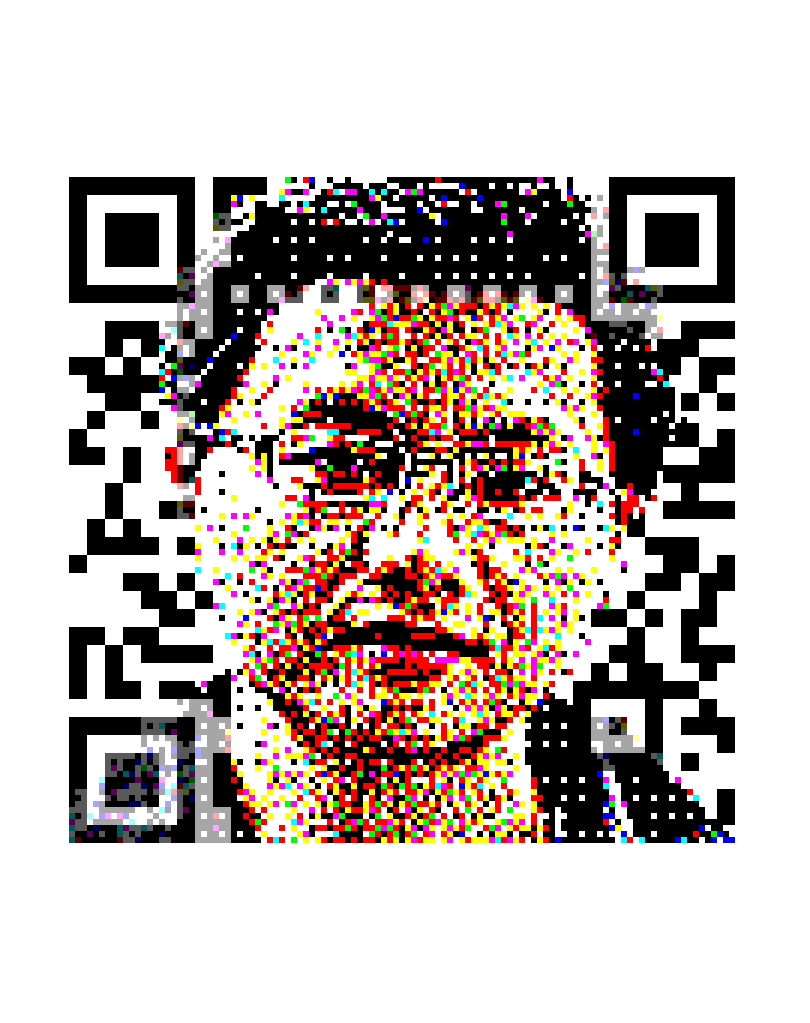Non-Photo-Realistic Rendering:Theory and Applications
Non-Photo-Realistic (NPR) rendering is an extended studied topic in computer graphics community. The main idea is to produce images of esthetic form with specific artistic style from either 2D or 3D media. Well known techniques include sketch simulation, water color painting simulation and illusory art reproduction. Among of them, the reproduction of illusory art has become an active research topic in a recent decade. In this course, students will be given an introduction of NPR history followed by studies of newly developed illusory art reproduction techniques. Students are asked to survey and study papers of top conference related to NPR rendering and give a presentation weekly. At the end of the course, each student requires implementing technique of one paper and presents the system in the class.





